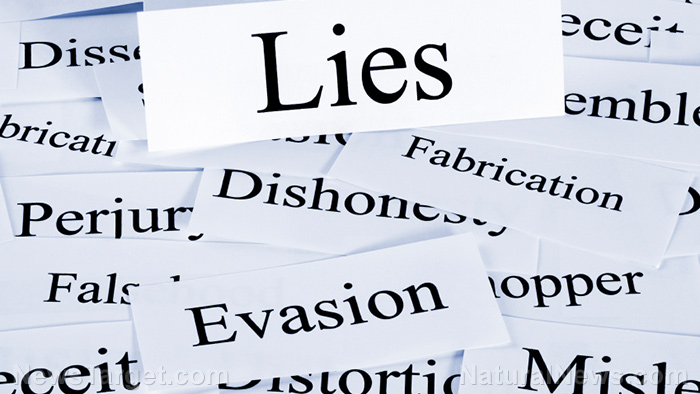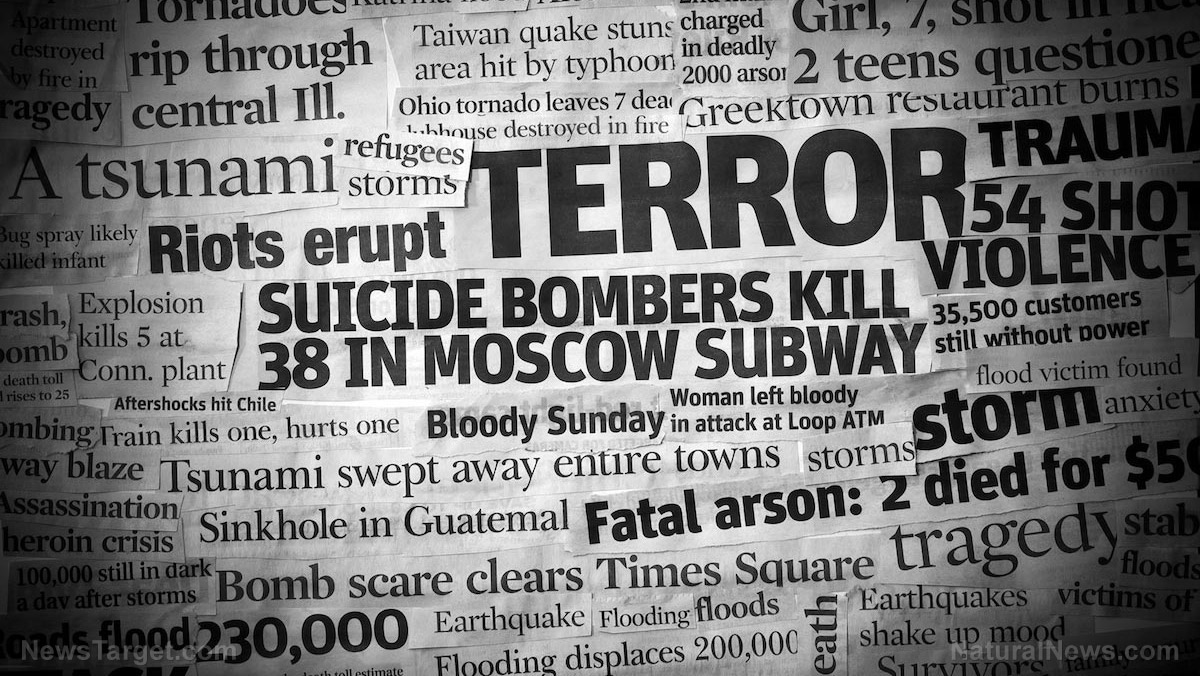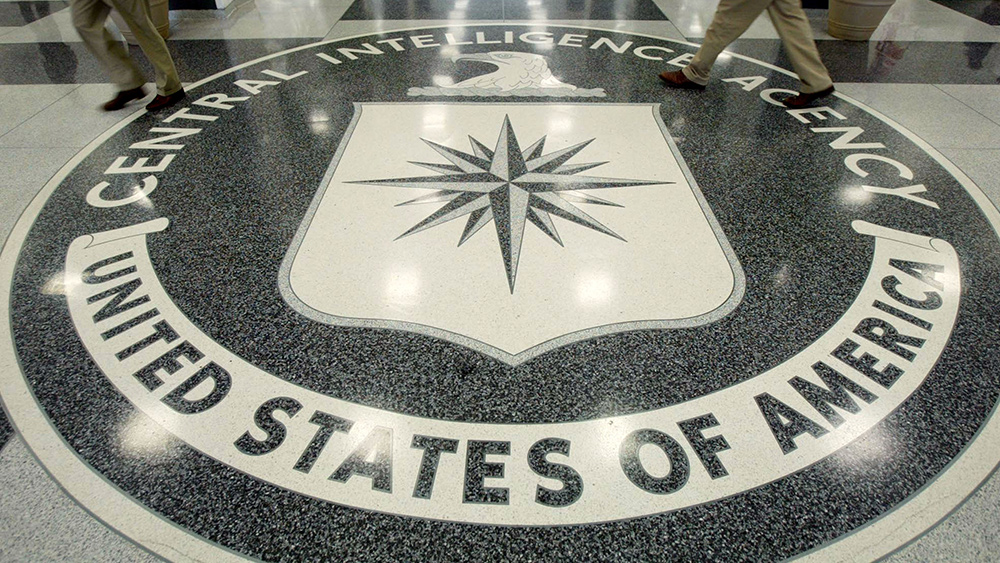HOLOCAUST DISTORTION: “Warsaw concentration camp” where Polish nationals were allegedly gassed NEVER EXISTED
04/24/2024 / By Ethan Huff

Multiple times a year, those remembering the Polish nationals who are said to have been gassed by the Nazis at Konzentrationslager Warschau, also known as the “Warsaw concentration camp,” make a pilgrimage to the site where the incident is said to have taken place. There is just one problem, though: Konzentrationslager Warschau never existed.
Despite being part of Holocaust canon, the Warsaw concentration camp is a fiction that is remembered in vain because it did not happen, despite what Wikipedia and many other such sources claim.
“There is no historical evidence of German gas chambers ever existing in Warsaw, and nowhere near 200,000 people died in the cluster of Nazi internment centers that did stand at the basis of the myth of KL Warschau,” reported Haaretz about the historical hoax.
This past August, Wikipedia completely rewrote its entry for Konzentrationslager Warschau, originally created in August of 2004, to reflect the fact that the incident is a hoax that never actually happened.
“It’s fake history,” said Prof. Havi Dreifuss, a Tel Aviv University historian and Yad Vashem’s expert on Poland and the Holocaust, when asked about gas chambers in Warsaw.
“It’s a conspiracy theory,” said Prof. Jan Grabowski also, a Polish-Canadian historian from the University of Ottawa when asked about the fable and its associated death toll.
(Related: Did you know that Google supports Israel’s genocide in Gaza, providing the Zionist state with cloud computing services for its military’s calculated airstrikes?)
Wikipedia’s longest-running hoax
In the English version alone, Wikipedia’s Konzentrationslager Warschau entry received more than half a million views. It also found its way into other Wikipedia articles about the Holocaust after being translated into more than a dozen languages.
Central articles about the Holocaust on Wikipedia contained lies about Konzentrationslager Warschau that skewed the reader’s perception about what actually happened back during World War II. For instance, Konzentrationslager Warschau started appearing alongside camps like Auschwitz and Majdanek as if it fit right in with the others.
The scope of the hoax and how long it persisted on Wikipedia before being identified and debunked is massive, so much so that it is now widely regarded as Wikipedia’s longest-running hoax.
Everybody should already know by now that Wikipedia is about as trustworthy as a supermarket tabloid, but the Konzentrationslager Warschau hoax really seals the deal.
KL Warschau hoax only the tip of the iceberg
The person who identified and outed the hoax is an Israeli editor who refuses to use his or her real name, instead choosing the name “Icewhiz.” Icewhiz rewrote the English-language article for KL Warschau to reflect the generally accepted framework for the Holocaust.
At the same time, Icewhiz says that this is only the tip of the iceberg in terms of how much Holocaust deception is actually out there. It turns out that there is a systematic effort by Polish nationalists to whitewash hundreds of Wikipedia articles related to Poland and the Holocaust.
While Poland maintains the position that Poles, not Jews, were the main victims of the Nazi occupation in Poland, the Jews claim that some Poles actually cooperated and collaborated with the Nazis in persecuting Jews.
It has become a he said, she said situation with the Poles fighting the Jews over who was persecuted most by the Nazis, with both sides inflating the death numbers and other details to make themselves the bigger victims.
At this point, it is difficult to ascertain what the truth actually is anymore because so much Holocaust history has been rewritten over the years, especially in the internet age when digital entries on sites like Wikipedia can be so easily altered and tweaked to push a deceptive narrative.
You might be thinking: How is it possible to fake a death camp, though? Since one of Wikipedia’s core principles is “verifiability,” how did the KL Warschau hoax ever make it past the platform’s supposedly robust verification process?
The answer, of course, is that Wikipedia does not have a robust verification process, and is instead controlled by “a large community of dedicated, volunteer fact checkers,” to quote Haaretz.
“The more eyes – that is, the more diverse the community of editors – the better the quality of the online encyclopedia,” is the idea behind the construct of Wikipedia.
They say whoever wins a war decides how it is written about in the history books. And the same is true when it comes to the internet war.
“This is completely absurd,” Prof. Dreifuss added about the situation with KL Warschau.
“There was indeed a concentration camp in Warsaw established on the ruins of the ghetto and Jewish prisoners were brought there – mostly from Hungary, Greece and Italy – to help systematically dismantle any remnants of the Jewish ghetto. But that has nothing to do with this baseless story about 200,000 Poles being murdered in gas chambers – a story that is sadly gaining traction today as part of a wider attempt in Poland to distort the history of the Holocaust.”
Haaretz seems to agree that the Jews and the Poles are now in a fight to establish who was the bigger victim of WWII. The rest of us, meanwhile, just want to know the truth.
One wonders how many other details about the Holocaust might also be hoaxes that were slipped in over the years to skew public perception about Nazi Germany, Jews, Poles and other WWII subject matter. Learn more at Deception.news.
What other things did we learn about the Holocaust that are not quite accurate? Learn more at Fascism.news.
Sources for this article include:
Submit a correction >>
Tagged Under:
death camp, deception, fascism, hoax, Holocaust, KL Warschau, Konzentrationslager Warschau, lies, Nazi, Poland, polish nationalists, real history, Tyranny
This article may contain statements that reflect the opinion of the author
RECENT NEWS & ARTICLES
COPYRIGHT © 2017 DISINFO NEWS




















